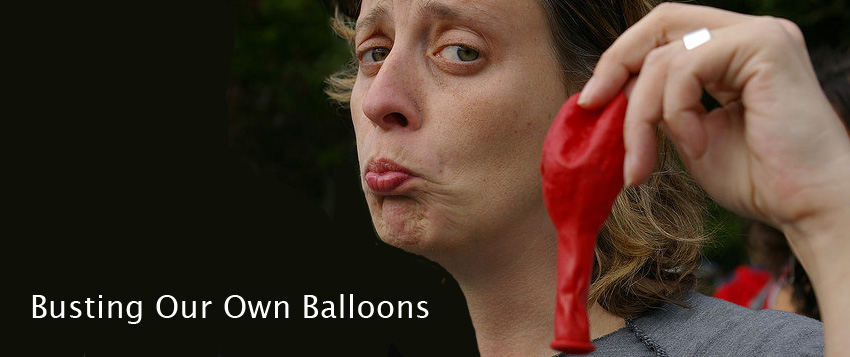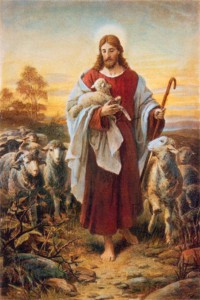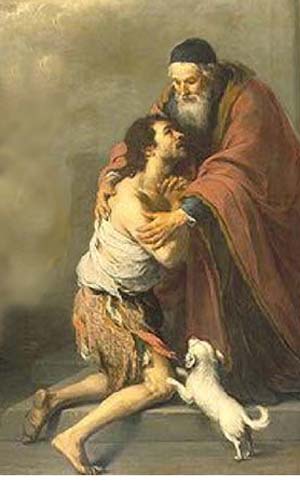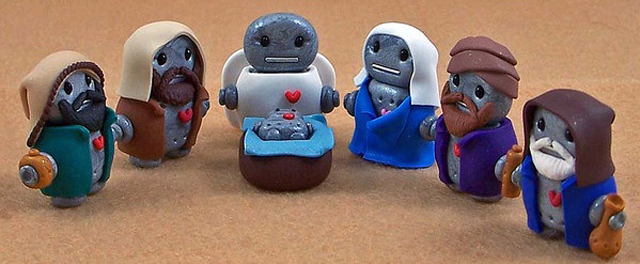 It’s A Wonderful Gift! (What Is It?)
It’s A Wonderful Gift! (What Is It?)
If ever there was a Sunday that cried for an object lesson it is Trinity Sunday. On this day we concentrate on a key teaching of Christianity — and one that puzzles even great theological thinkers.
But what objects work?
St. Patrick plucked a shamrock from the lush meadows of Ireland and talked about the single plant with three leaves. Artists intertwine circles or draw equilateral triangles.
I always like the image of the tricycle. The three wheels give us balance. The front wheel (representing the Spirit) drives all three and makes an inert, well-balanced vehicle get somewhere.
But here’s a new image for you.
The gift you don’t quite know what to do with.
Think of your own example. It might be something unusual in appearance or difficult to put together. A puzzle, perhaps.
I think of one Christmas when I opened a small package. It contained a small jar of liquid and a few sticks of wood. I thanked the giver graciously, went home and pondered. I sat it on the kitchen table and looked at it for a while. At last, I called someone at the party whose discretion I trusted and said, “I am sure this is a wonderful gift but I have to confess. I haven’t the slightest idea what it is. Can you tell me? I want to write a thank you note and I don’t know what to say!”
She was so patient with me. The jar contained a scented liquid. You opened the jar and placed a stick in the jar. The stick would draw the scent from the jar to freshen a room.
Ahh! I see!
Now I understood and knew what I was supposed to do with the gift. The “Spirit” had spoken.
These few verses from John are like a gift we don’t quite know what to do with.
Only in this case the giver knows He is presenting us with a puzzle!
Jesus warns his listeners. “You are not ready for this.” There is a puzzling transfer of ownership taking place. It starts with the Holy Spirit’s guidance and voice. Jesus tries to explain. “All that the Father has is mine. He will take what is mine and declare it to you.”
- The Father has everything.
- The Father shares everything with the Son.
- Through the voice of the Holy Spirit, everything is declared to us.
Do you get it? Don’t worry if you don’t. No one really does.
We are still not ready! All we can do is listen to the voice of the Spirit and do our best.
And don’t forget to thank the Giver.









